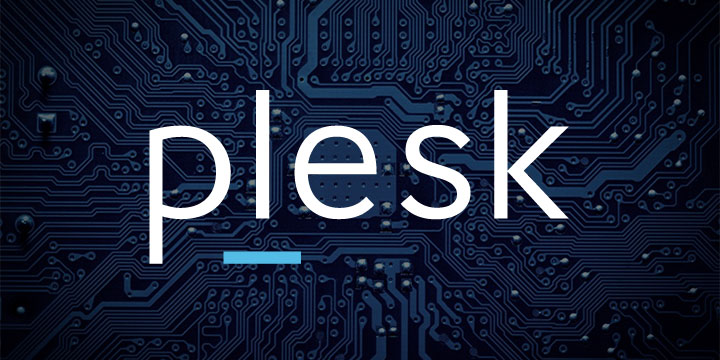Understanding the Difference between Web Design and Web Development

In the digital age, websites have become essential for businesses, organizations, and individuals to establish an online presence. While the terms “web design” and “web development” are often used interchangeably, they represent distinct aspects of the website creation process. In this essay, we will explore the differences between web design and web development, including their respective roles, skill sets, and areas of focus.
Web Design:
Web design primarily focuses on the visual and user interface aspects of a website. It encompasses the creative and artistic elements that make a website visually appealing and user-friendly. Here are the key aspects of web design:
Visual Layout and Aesthetics:
Web designers are responsible for the overall visual layout of a website. They consider aspects such as color schemes, typography, graphics, and imagery to create an attractive and cohesive design that aligns with the website’s purpose and target audience.
User Experience (UX) Design:
Web designers strive to create an intuitive and seamless user experience. They ensure that the website’s navigation, information architecture, and interactive elements are user-friendly, enabling visitors to easily find the desired information and accomplish their goals.
Wireframing and Prototyping:
Web designers often start the design process by creating wireframes and prototypes. Wireframes are low-fidelity visual representations that outline the basic structure and layout of a webpage, while prototypes provide interactive simulations of the final design, allowing for iterative testing and refinement.
Graphic Design and Visual Assets:
Web designers may create or source visual assets, including logos, icons, illustrations, and images, that enhance the website’s visual appeal and support its messaging.
Responsive Design:
Web designers consider the responsiveness of the design, ensuring that it adapts and displays appropriately across various devices and screen sizes. They employ techniques like fluid grids, flexible images, and media queries to create a consistent and optimized user experience.
Web Development:
Web development involves the technical implementation and functionality of a website. It focuses on the coding and programming required to bring the design to life and make the website fully functional. Here are the key aspects of web development:
Front-End Development:
Front-end developers are responsible for translating the web design into actual code that browsers can interpret and display. They work with HTML, CSS, and JavaScript to create the structure, layout, and interactivity of the website’s user interface.
Back-End Development:
Back-end developers handle the server-side programming that powers the website’s functionality. They work with programming languages like PHP, Python, Ruby, or JavaScript (Node.js) to build the server logic, database integration, and server-client communication.
Database Management:
Web developers often work with databases to store, organize, and retrieve data for the website. They use database management systems like MySQL, PostgreSQL, or MongoDB to create and manage the necessary data structures.
Content Management System (CMS) Integration:
Web developers may integrate content management systems like WordPress, Drupal, or Joomla, which provide user-friendly interfaces for website owners to manage and update content without requiring technical expertise.
Testing and Debugging:
Web developers conduct rigorous testing to ensure that the website functions correctly, is free of errors, and provides a seamless user experience. They debug issues, optimize performance, and ensure cross-browser compatibility.
Collaboration and Overlaps:
While web design and web development represent distinct disciplines, there is often collaboration and overlap between the two. Effective website creation often requires close collaboration between web designers and web developers to align the visual design with the technical implementation.
Web designers may work closely with front-end developers to ensure the accurate translation of their design into code. They provide design assets, style guidelines, and collaborate on the implementation of interactive elements and animations. Similarly, web developers may consult with web designers to understand design intentions and offer technical insights or limitations.
In summary, web design and web development are two distinct but interconnected disciplines in website creation. Web design focuses on the visual and user interface aspects, striving to create visually appealing and user-friendly experiences. Web development, on the other hand, involves the technical implementation, coding, and functionality that bring the design to life. Both disciplines are essential for creating successful websites, and collaboration between web designers and web developers is crucial to achieve a well-rounded and effective online presence.




















